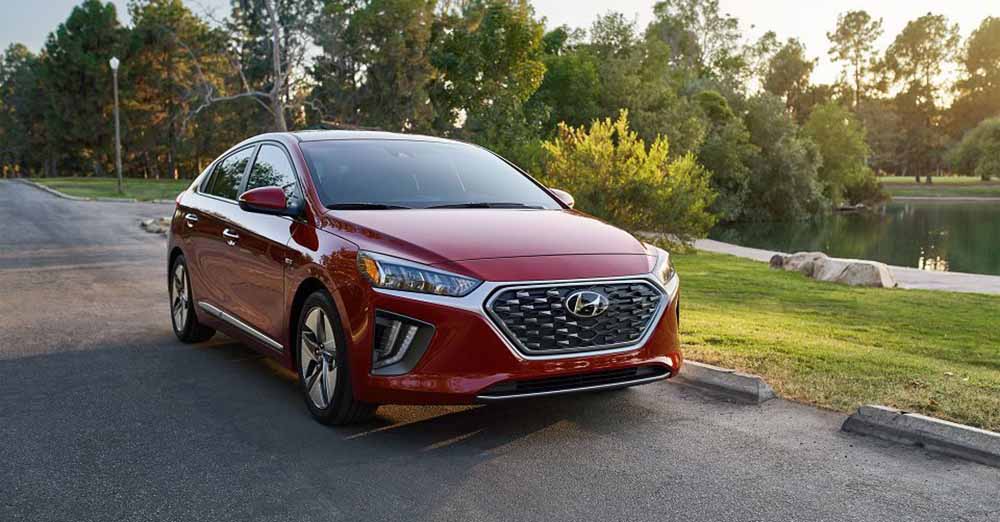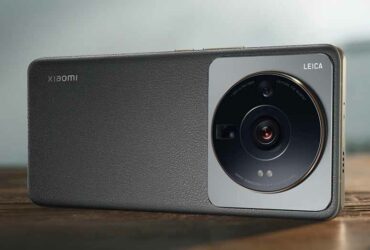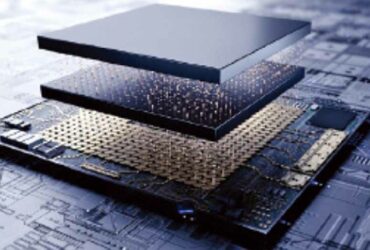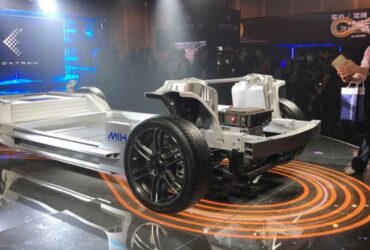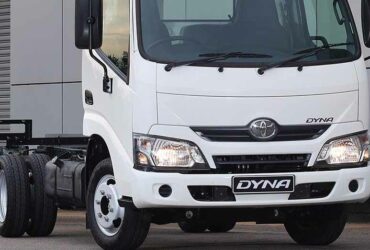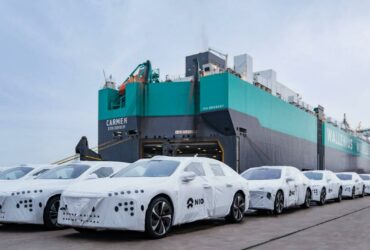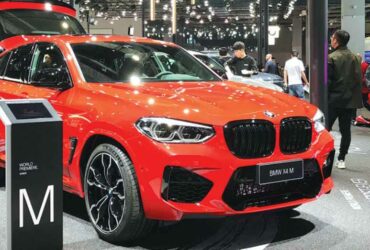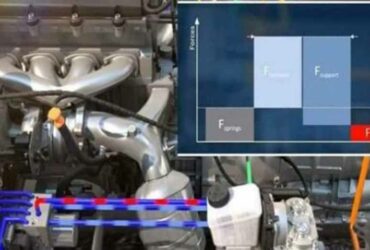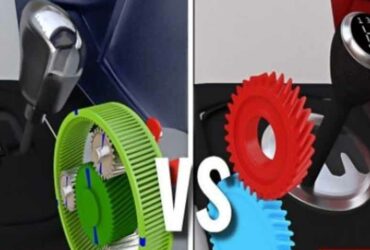If you study Hybrid in terms of automotive technology, you will see the difference between Parallel, Series and Plug-in Hybrid. What is Hybrid? Generally speaking, a ‘hybrid’ is a car with both a petrol engine and a battery motor. This means that the system captures and shares the energy generated by the engine. When the brakes are applied, the energy that would be wasted is recovered and the battery is recharged. Sometimes the electric motor and the engine work simultaneously.
The result is that you can drive with less gasoline, which is the fuel. Hybrids combine both power sources to improve performance in certain situations. In conventional cars, when braking to slow down, the energy in the brake shoes is lost as heat. In hybrid cars, the energy that would be lost in deceleration is sent to the battery and stored. I charged the battery.
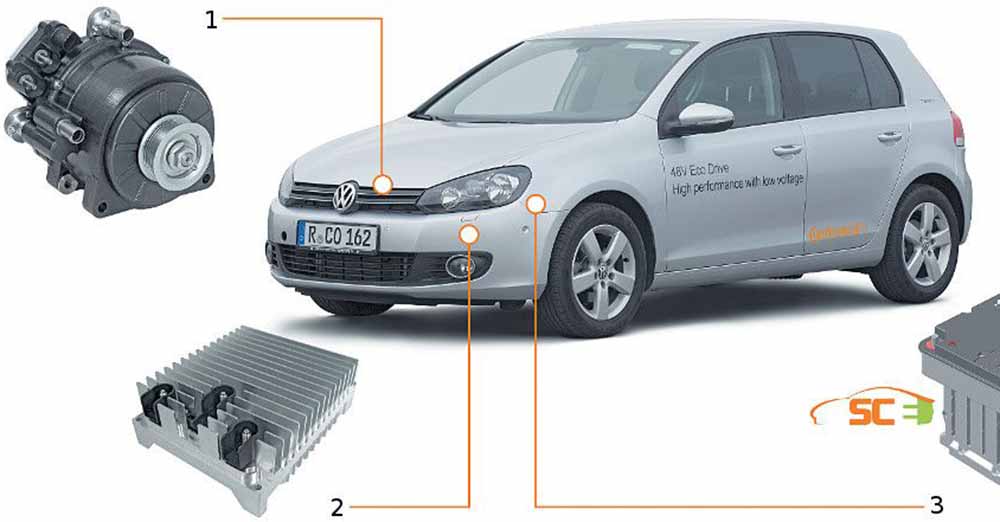
The energy that will be lost is stored as electrical energy instead of heat energy. Hybrids are produced by car companies in different designs in order to save fuel consumption and lower car prices. Types of hybrid vehicles Parallel Hybrid In parallel hybrids, both the fuel engine and the electric engine are connected as a common gear. Automatic transmission, It can be found in manual and continuously variable transmission engine CVT. A very popular hybrid transmission is the power-split CVT, used in the Toyota Prius and Chevrolet Volt.
Depending on the type of transmission and the size of the gasoline engine, which is the main factor, it can drive at high speed and run quietly without noise. Toyota, Lexus, Hyundai, Kia, Ford, Honda, Lincoln, Nissan and Infiniti car brands include Parallel Design. Series Hybrid In this type of design, electric motors provide the necessary torque and turn the wheels. The engine has no physical contact with the wheels. The petrol engine is just to recharge the battery. The engine provides energy to charge the battery. The battery provides the energy to run the motors.

Motors provide the energy to turn the wheels. Such a queue is connected. The amount of electricity that an electric car can drive from 15 to 55 miles (depending on the type of car) will significantly reduce fuel consumption. The downside is that if you have to charge the car every night, you will use more electricity. If your electricity bills are more expensive, you should switch to the more conventional Parallel Hybrid. Plug-In Hybrid can be found in the Chrysler Pacifica. In fact, Hybrid can be combined with any type. Plug-in hybrids can be series hybrids or parallel hybrids.
Variations on the Hybrid Theme Twenty years on the market, we’ve got a comprehensive answer to what a hybrid is. This is Honda’s Hybrid Design However, mild-hybrid powertrains are returning to the market. As evidence, cars with 48 volt subsystems such as the Ram 1500, Mercedes-Benz E-class, Audi A6, A7, and A8 are mild-hybrid. Basically, car companies are installing mild-hybrid technology in all their new models. The answer for the not-too-distant future is a hybrid, any type of vehicle

